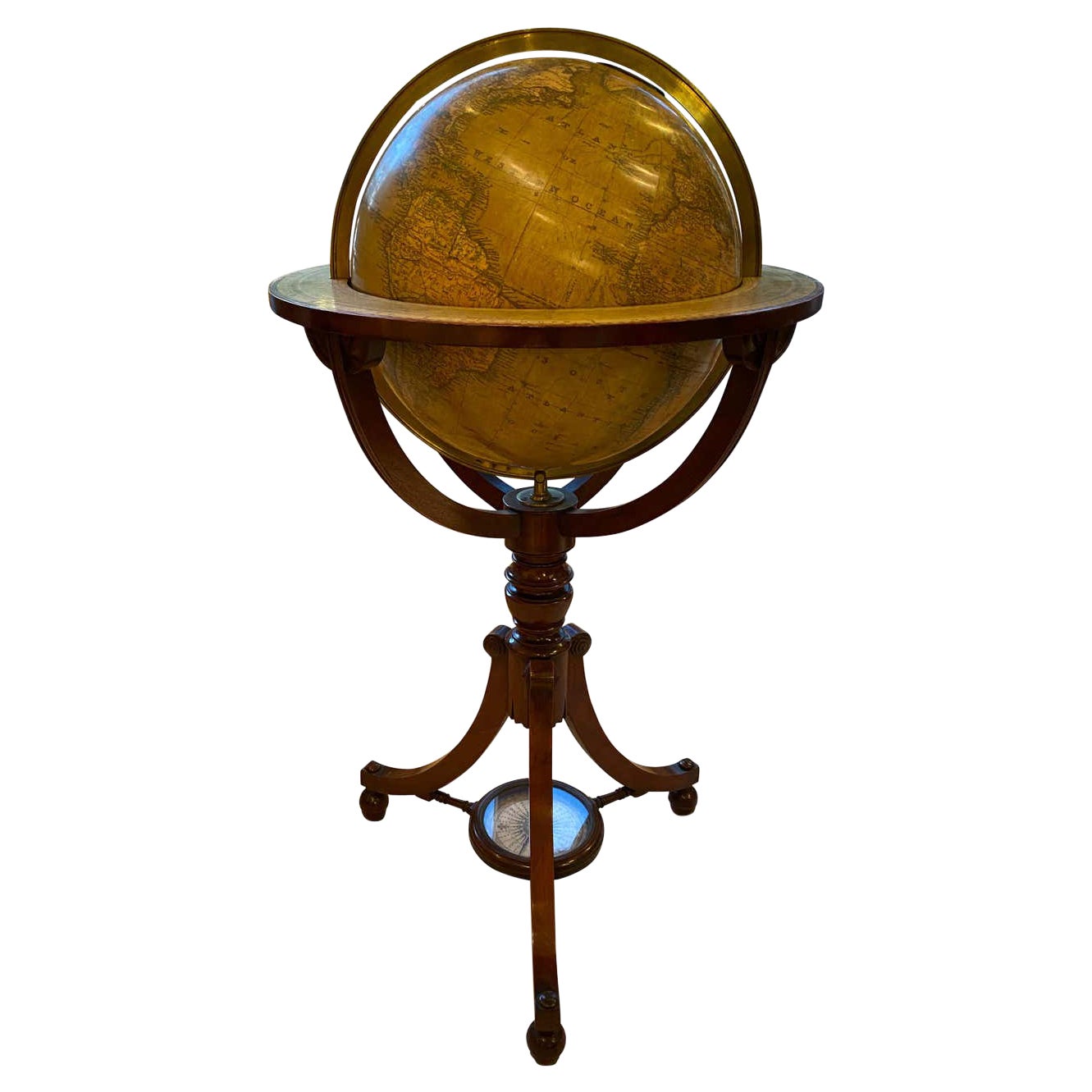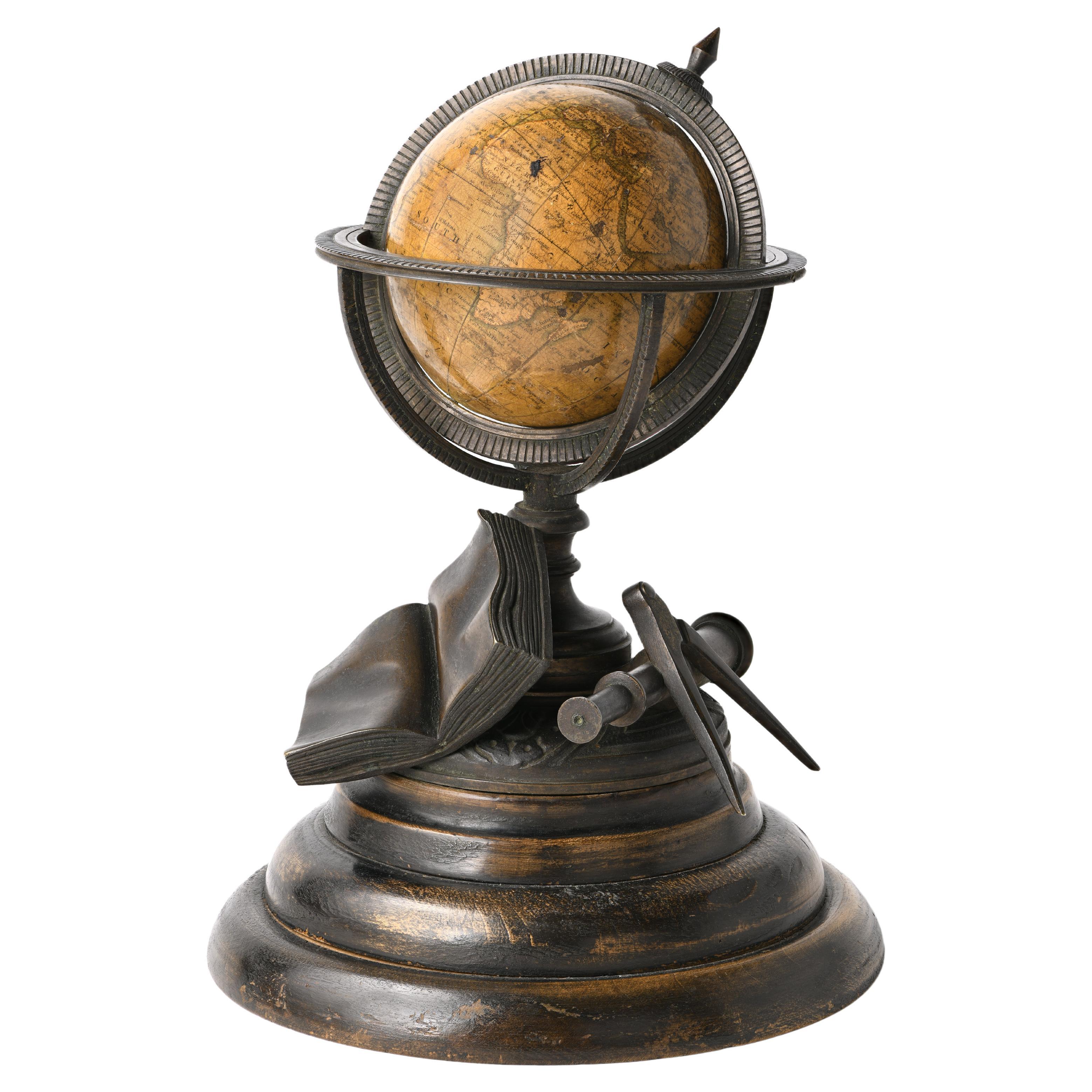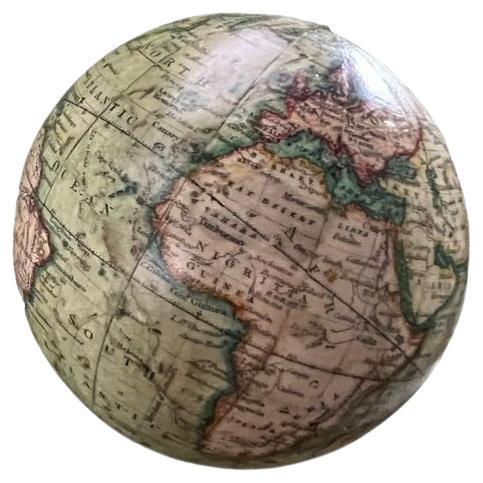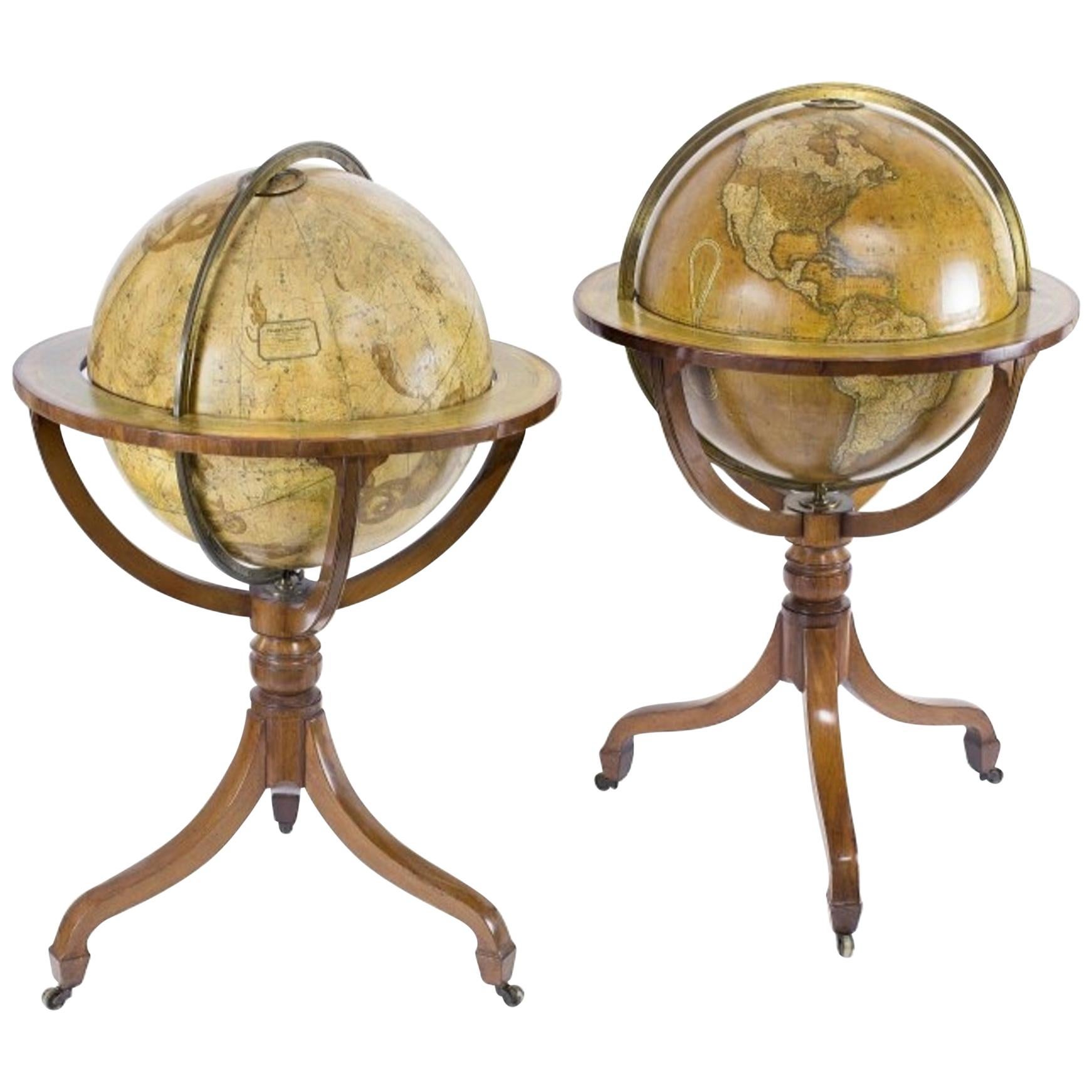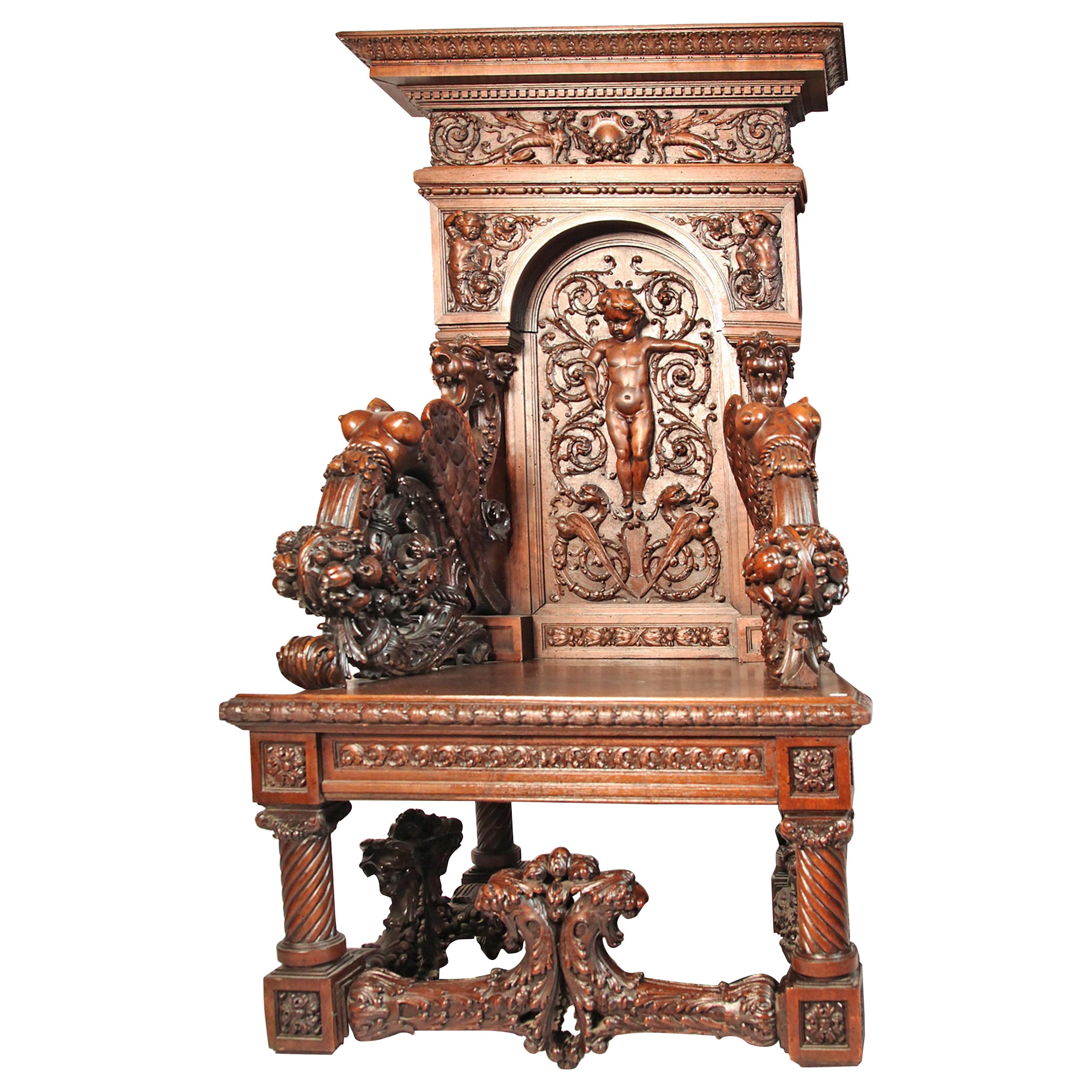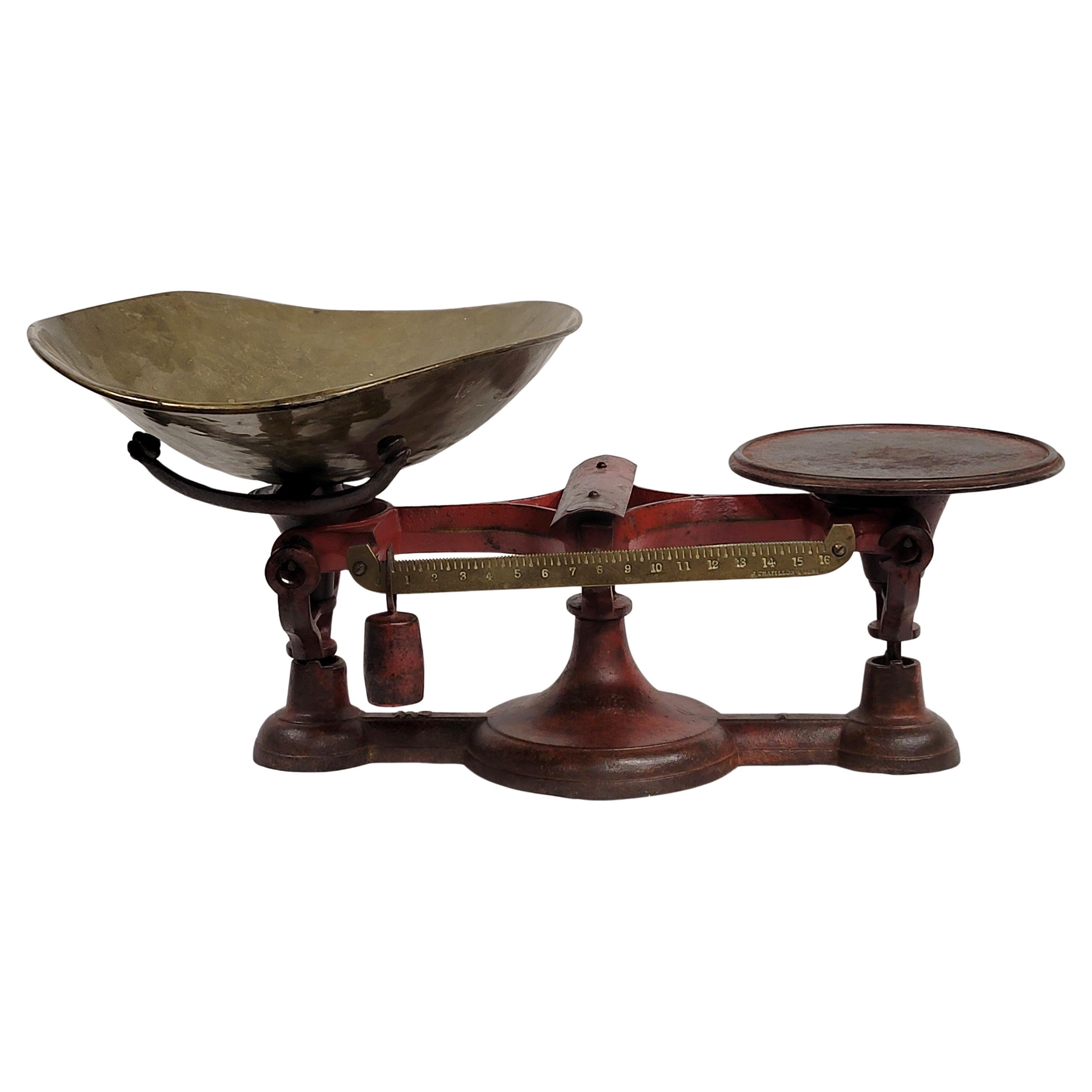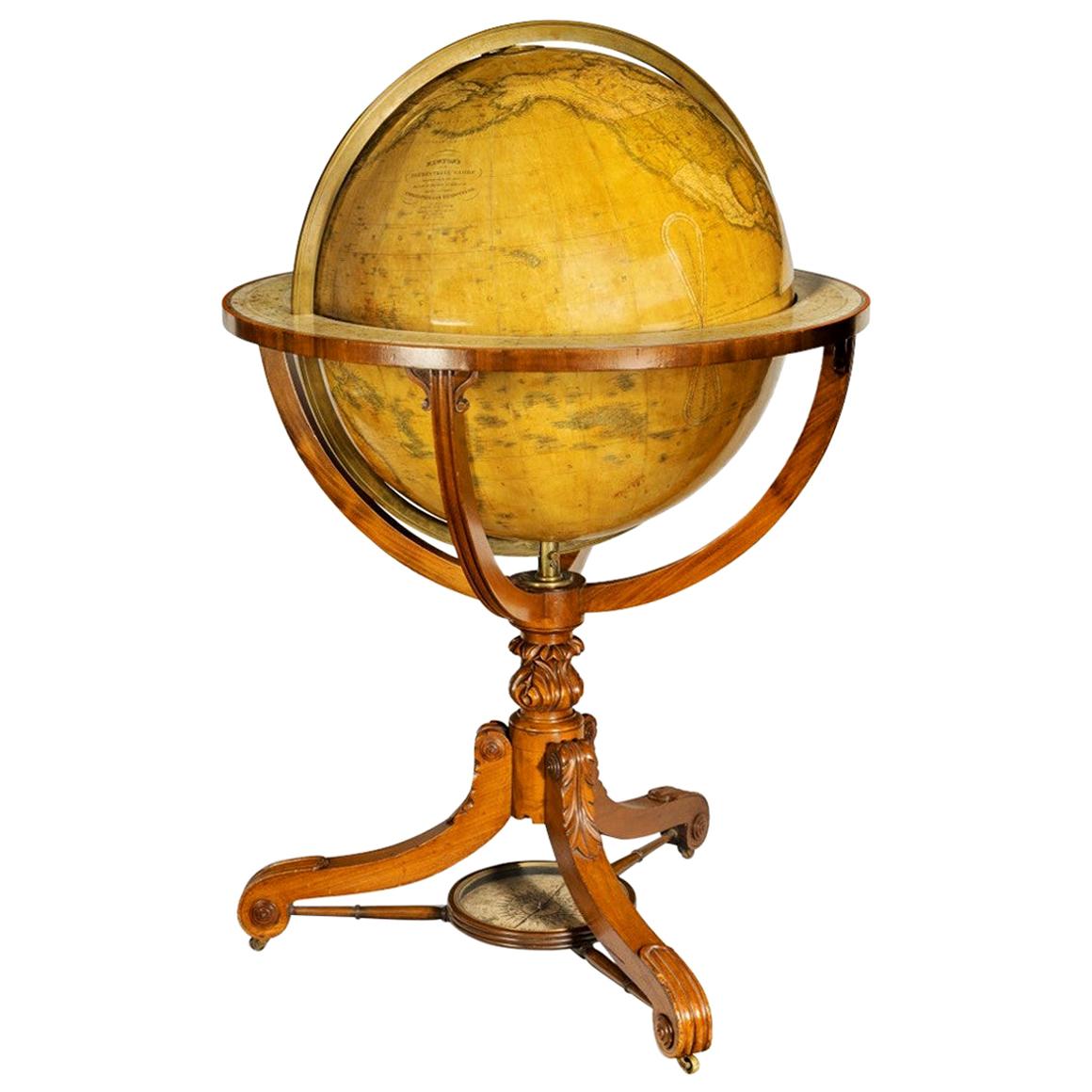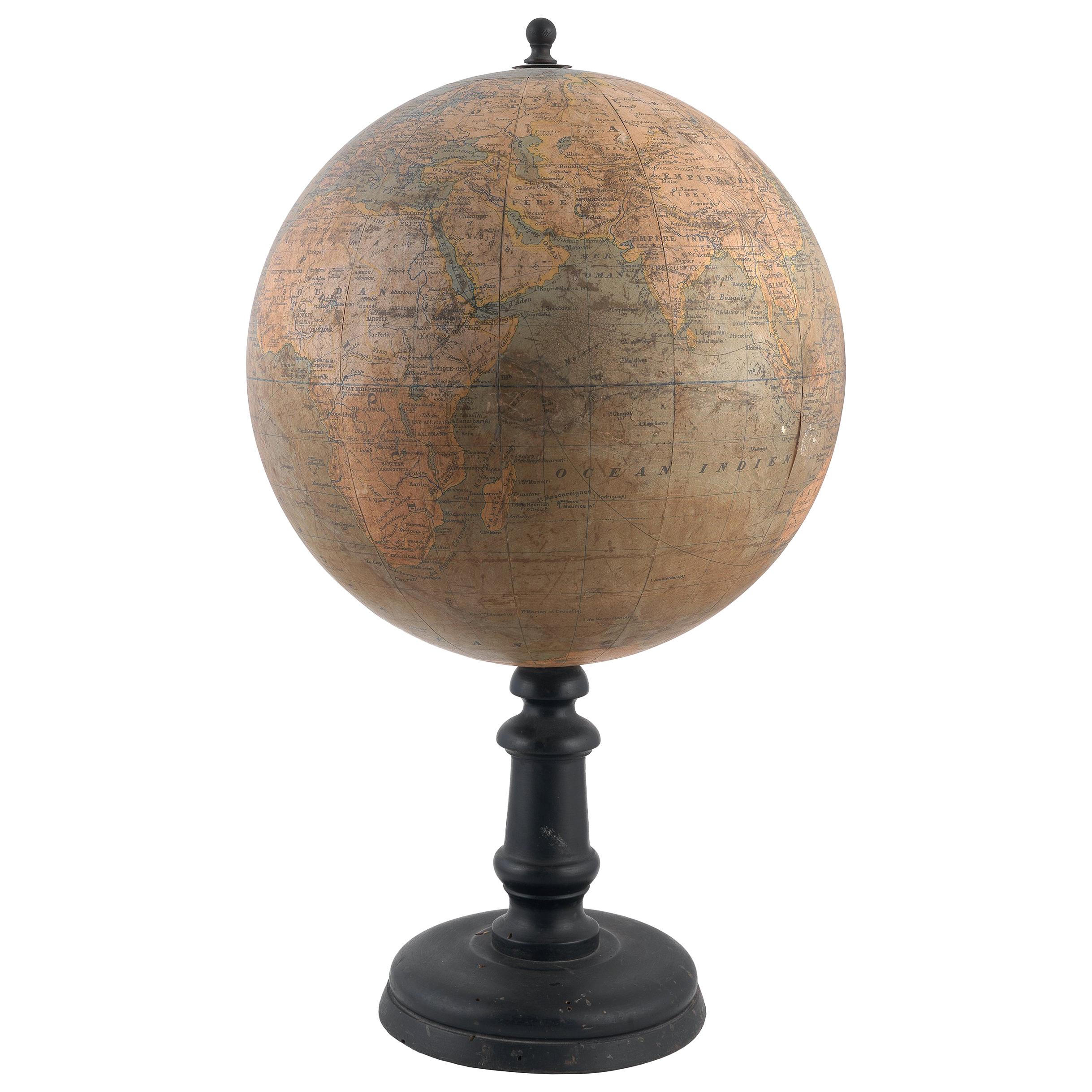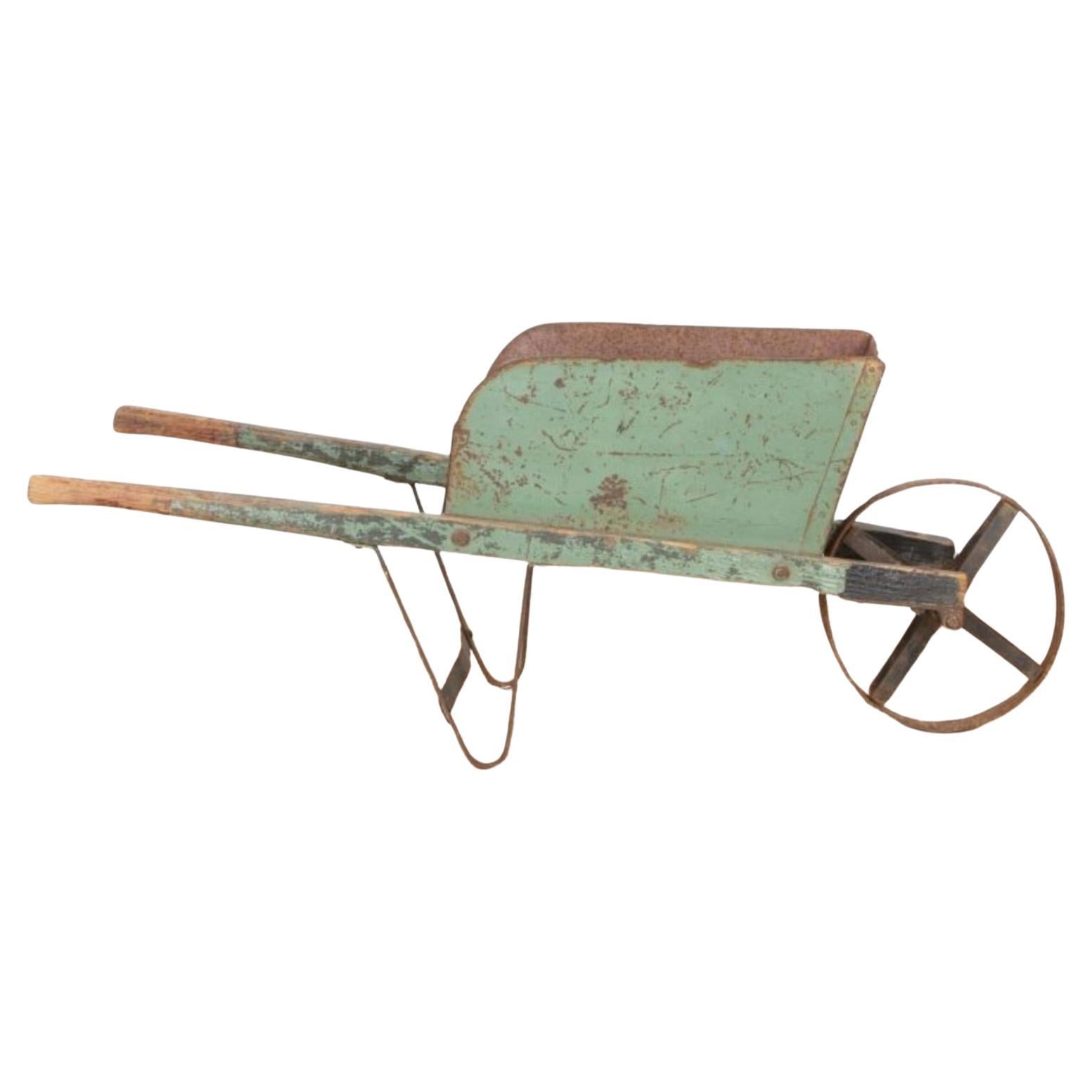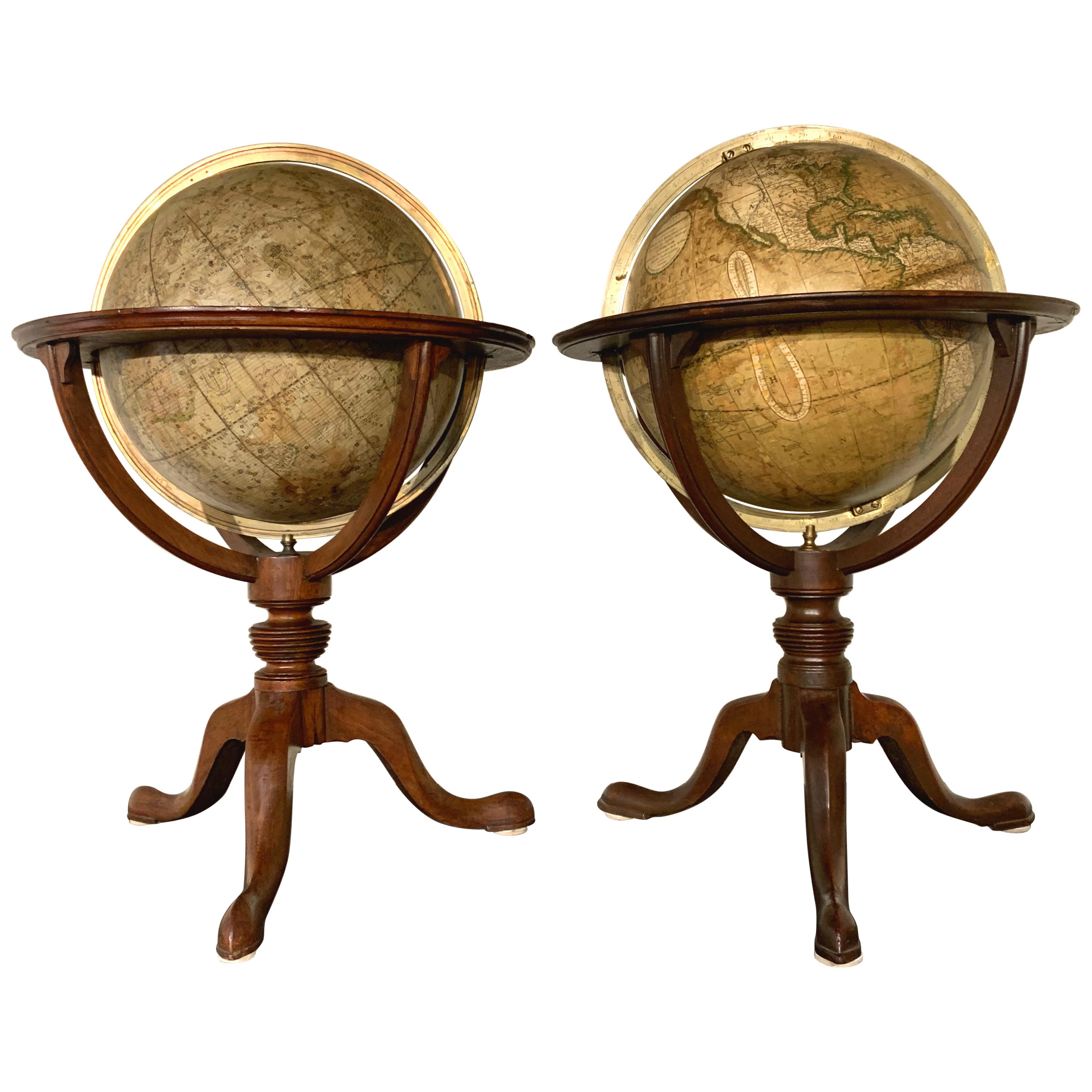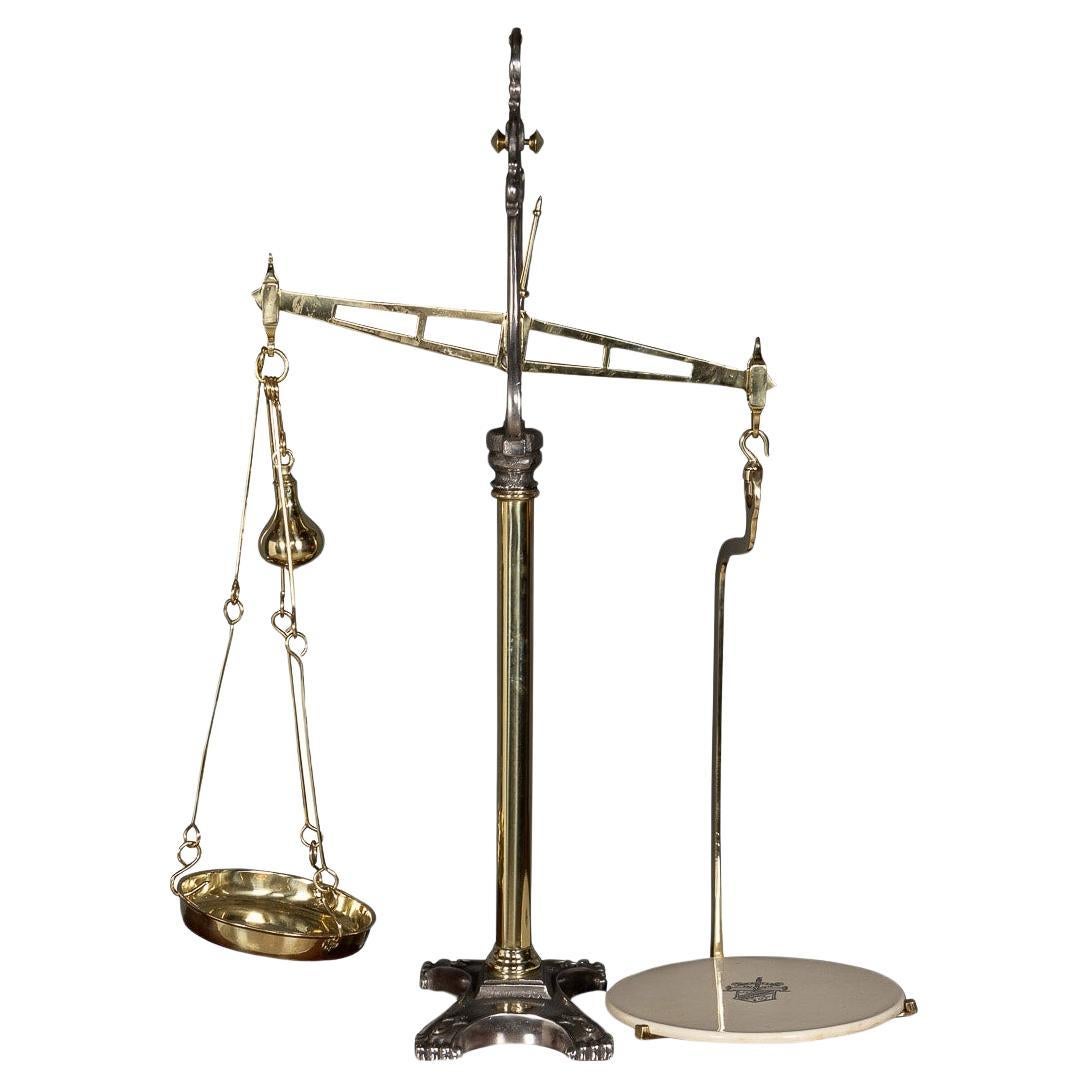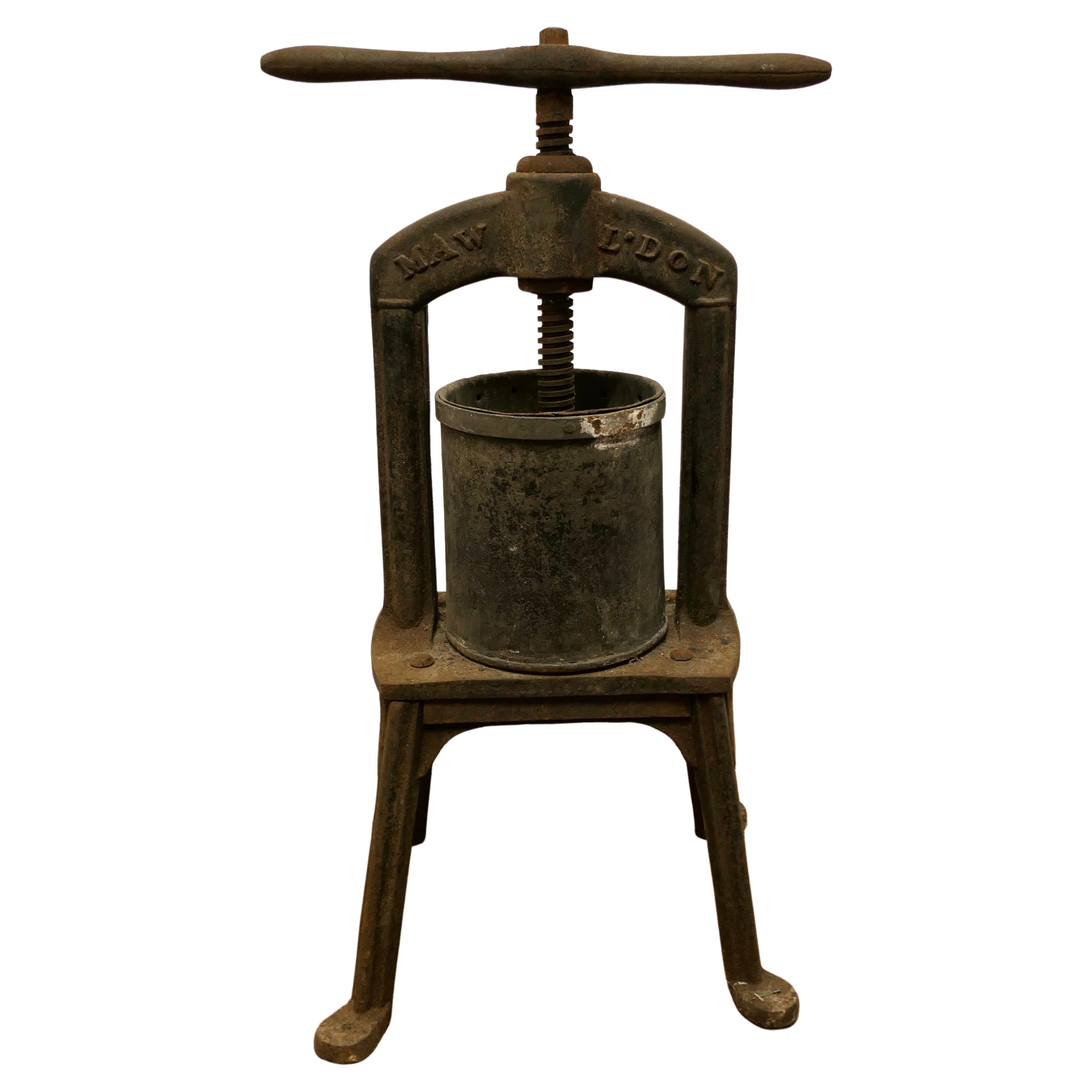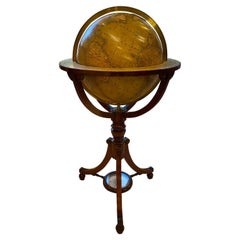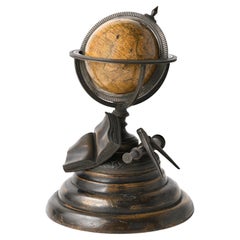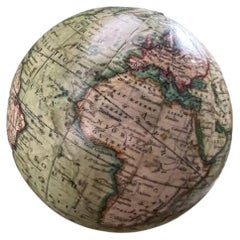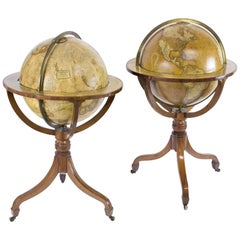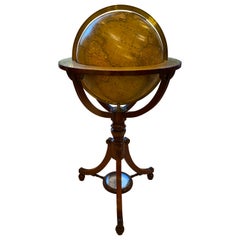
19th Century English Globe by Renowned Cartographers John Newton and Son
View Similar Items
1 of 19
19th Century English Globe by Renowned Cartographers John Newton and Son
About the Item
- Creator:Newton and Son (Maker)
- Dimensions:Height: 42 in (106.68 cm)Width: 27 in (68.58 cm)Depth: 27 in (68.58 cm)
- Materials and Techniques:
- Place of Origin:
- Period:
- Date of Manufacture:1852
- Condition:Wear consistent with age and use.
- Seller Location:London, GB
- Reference Number:1stDibs: LU3652318142652
Authenticity Guarantee
In the unlikely event there’s an issue with an item’s authenticity, contact us within 1 year for a full refund. DetailsMoney-Back Guarantee
If your item is not as described, is damaged in transit, or does not arrive, contact us within 7 days for a full refund. Details24-Hour Cancellation
You have a 24-hour grace period in which to reconsider your purchase, with no questions asked.Vetted Professional Sellers
Our world-class sellers must adhere to strict standards for service and quality, maintaining the integrity of our listings.Price-Match Guarantee
If you find that a seller listed the same item for a lower price elsewhere, we’ll match it.Trusted Global Delivery
Our best-in-class carrier network provides specialized shipping options worldwide, including custom delivery.You May Also Like
19th Century English Globe by Renowned Cartographers John Newton and Son
By Newton and Son
Located in Southall, GB
An extremely rare and important 21 inch English globe by renowned cartographers John Newton and Son, one of the most important globe makers of early 19th century England. Representin...
Category
Antique 19th Century English Scientific Instruments
Materials
Hardwood
Miniature Terrestrial Globe Newton & Son London, Post 1833, Ante 1858
By Newton and Son
Located in Milano, IT
Miniature Terrestrial Globe
Newton & Son
London, post 1833, ante 1858
Paper, papier-mâché, bronze and wood
It measures: sphere diameter 2.95 in (7.6 cm); diameter of the wooden base 6.02 in (15.3 cm); height 8.36 in (21.24 cm).
Weight: 2,067 lb.
State of conservation: the globe still bears its original paint, but has various small gaps, abrasions and stains on the surface.
The globe is hinged with two pins at the meridian circle, which is in turn inserted perpendicular to the horizon circle; this is supported by four semi-arches connected at the bottom by a small goblet-shaped foot, resting on a wooden bell-shaped base.
Apart from the wooden base, the entire support structure is made of bronze; on the foot there are the scale reproductions of a compass, a telescope and an open book.
The sphere is made of papier-mâché and is covered with twelve printed paper gores.
In the North Pacific Ocean the globe bears a cartouche with the inscription (about 30% of the writing is illegible, but the missing parts can be easily integrated based on the rest):
NEWTON’S
New & Improved
TERRESTRIAL
Globe
Published by Newton & Son
66 Chancery Lane
LONDON
On the globe, much of central Africa is empty and the great lakes Tanganyika and Victoria are not marked (Europeans would begin to explore the area after 1858). Canada is called "British Territory" and Alaska "Russian Territory" (it would become part of the United States in 1867). Australia already bears its modern name (until 1829 it had been called New Holland) and its coasts are completely designed; Tasmania is listed as an island (Matthew Flinders circumnavigated it in 1798). The routes of Cook's various voyages are plotted; both the route followed by Biscoe in 1831 and the "Land of Enderby" which he discovered on the coast of Antarctica, south of Africa, are marked.
Bibliography
P. Van der Krogt, Old Globes...
Category
Antique 1840s English Early Victorian Maps
Materials
Bronze
Newton and Son Pocket Globe and Case
By Newton and Son
Located in Spencertown, NY
The terrestrial globe is 3 inches in diameter contained within a turned mahogany box with cover. The seas in light green and land masses in darker green.
Dimension of Globe 3" Diame...
Category
Antique Mid-19th Century English Victorian Globes
Materials
Fruitwood, Paper
Newton & Sons Late George III Terrestrial and Celestial Mahogany Library Globes
By Newton and Son
Located in West Palm Beach, FL
Fine pair of Newton & Sons late George III 20 inch terrestrial and celestial tripod mahogany library globes, London, second quarter of the 19th century,
the terrestrial globe, dated...
Category
Antique 1830s Globes
Materials
Wood
19th Century Throne Chair Carved by the Renowned Artist Luigi Frullinni
Located in Van Nuys, CA
Mid-19th century, Elaborately carved museum throne chair by Luigi Frullini.
We were told at the time of purchase it was from a very large chateau mansi...
Category
Antique Early 19th Century Corner Chairs
Materials
Walnut
Antique 19th century John Chatillon & Sons Painted Red Cast Iron and Brass Scale
Located in Centennial, CO
A charming cast iron John Chatillon & Sons scale with original red paint and a large brass tray. The weight is fixed, moving from side to side. J. Chatillon & Sons is stamped on the ...
Category
Antique Late 19th Century American Rustic Scientific Instruments
Materials
Brass, Iron
Recently Viewed
View AllMore Ways To Browse
World Globe On Stand
Globe Floor Stand
Antique Floor Globe
Globe On Stand Floor Globe
Pocket Globe
Standing Globes
Antique Pocket Globe
Floor Terrestrial Globe
Jewelers Scale
Pressure Gauge
Stanley Furniture Co
Antique Barrel Scale
Barograph And Barometer
Binoculars Leather
Compass Sundial
Compass With Sundial
Evangelista Torricelli
Weather Station Brass
